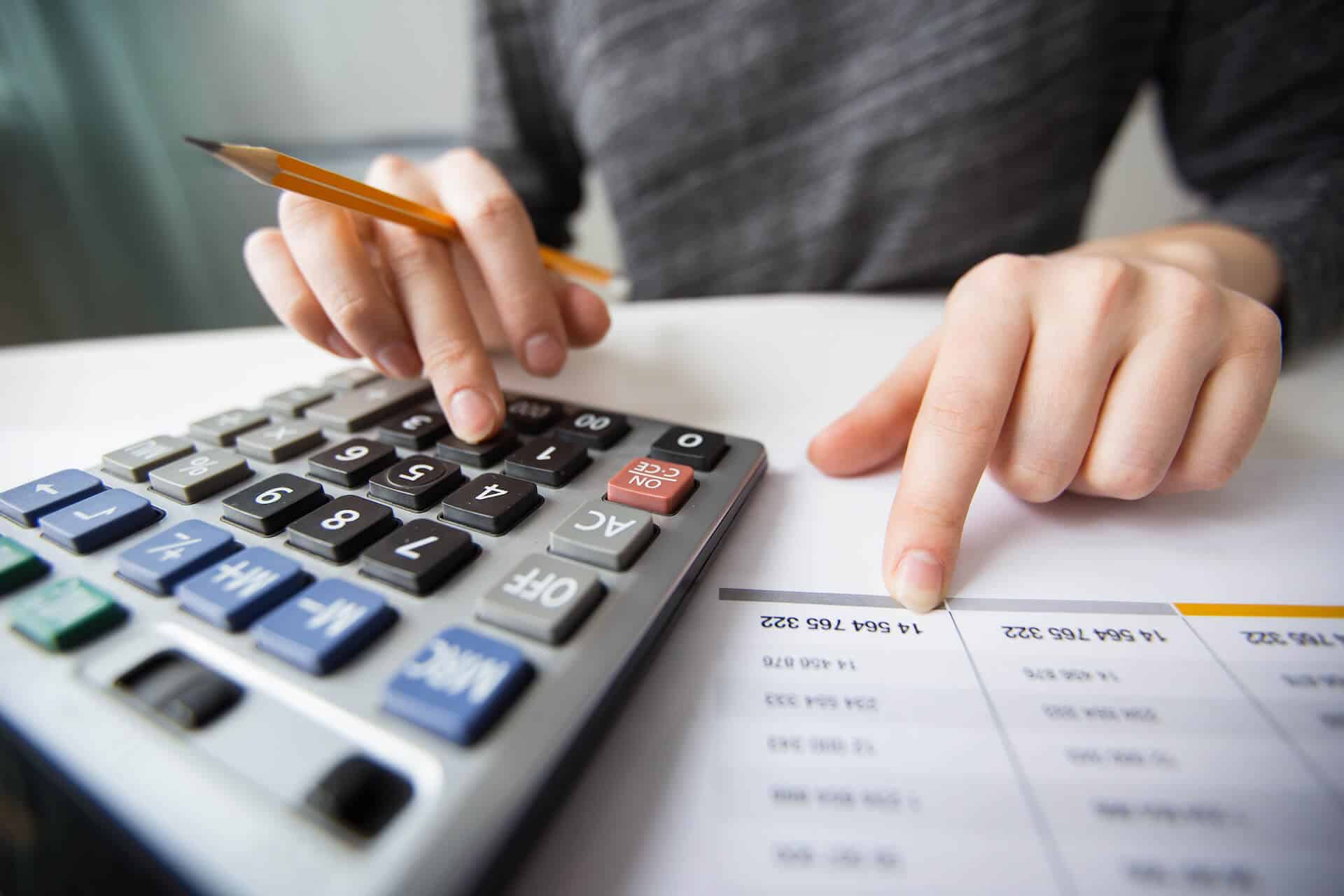In simple terms currency exchange is a commercial activity where you can trade one currency in exchange of the other.Independent financial institutions, banks and certain brokerage houses offer services of currency exchange in lieu of a commercial fee. Economics and management students work hard on currency exchange homework answers as a part of their assignment.
Currency exchange is the rate at which currency of one nation is traded against that of the other. Financial management terms currency exchange as exchange rate. The value of one currency in relation to that of the other is the prime concern of the subject. Currency exchange homework answers states how currency rates are ascertained in foreign exchange market.
Foreign exchange market is open 24 hours a day except for the weekends and works with
- Spot exchange rate which is the current exchange rate
- Forward exchange rate which is traded on present day with a commitment to deliver and pay at a future specified date
The buying and selling rate of currency makes way for the commission of the dealer. The institutions, however, ensure profitability at their end despite the demand supply theory applied to currency exchange rate. A professional trader requires the below criteria to become successful in the profession of currency exchange.
- Sound knowledge of money management
- Trading psychology
- Tried and tested formulae and technique of exchange rate trading
Currency exchange homework answers reveal the existence of
Retail exchange market
Currency is traded for international travel and cross-border payments. The retail outlets get the required fund of currency from inter-bank market bought at spot exchange rate. Retailers charge a commercial fee to the buyer to sustain themselves in the business and earn revenue.
International currency exchange rate
You must be conversant with the value of your nation’s currency in relation with that of other nations to analyze the various inflows and investment of foreign fund. For example, an US investor evaluates value of European investment by knowing the dollar to Euro exchange rate. A falling US dollar will result in increase in the value of investment and vice –versa. Accordingly, an investor is at liberty to choose the amount and decision of investment.
Difference between the buying and selling rate to enable retailers generate revenue is called bid-ask spread.
Each nation has the liberty to decide their currency exchange rate depending on various factors.
- Pegged exchange rate or fixed exchange rate in which case exchange rate of some pre-decided foreign currency move in tandem with currencies of other nations to which they are pegged.
- Floating exchange rate displays the perennially changing value of a currency. This change is attributed to various economic and financial decisions affecting the currency.
Chinese Government has kept Yuan pegged to US dollar during 1994-2005 at RMB 8.2768 to $1. The result of a pegged exchange rate is an under-valued or over-valued currency. It leads to excessive trade deficit or surplus.
Exchange rate fluctuations
The floating currency exchange is purely based on demand-supply theory as suggested by currency exchange homework answers. Demand or supply of a currency depends on the economic situation of the country and not on individuals’ wish to hold on to a particular currency. Increased demand for a currency depends on
- GDP of a country
- Employment levels
Speculative demand for currency exchange is managed by adjusting interest rates.
Purchasing power of a currency
It is defined as the real exchange rate which is purchasing power of a currency in relation to another at current exchange rate or prices of a specified basket of goods. You can measure real exchange rate using various methods and theories.
The predetermined market basket is identical in nature and hence the unit is dimensionless.
Bilateral vs. effective exchange rate
Bilateral exchange rate is associated with a currency pair. An effective exchange rate is weighted average of a pre determined basket of foreign currencies. It decides the country’s competitiveness.
Parallel exchange rate
Some countries with stringent government regulations have an official exchange rate for certain transactions. On the other hand, excess demand of foreign currency at any given official rate leads to formation of parallel exchange rate. Parallel exchange rate is higher than the predetermined official rate and the difference is termed as parallel premium.
Uncovered interest rate parity
Appreciation or depreciation of a currency against a foreign currency is neutralized by making adjustment is interest rate differential. This is done to prevent arbitrage and inflation.
Until 1990, the uncovered interest rate parity was not applied to any economy.
Balance of payments model
This model leads to equilibrium of a current account balance. Trade deficit of an economy leads to reduction of foreign exchange reserves thus paving way for devalued currency. As a result, exports get cheaper while sky-rocketing imports hurt the national economy. Imports will be brought down and exports will rise over a period of time bringing about equilibrium in the economy.
Asset pricing model
Foreign exchange transactions from cross-border transactions of assets have out shined the currency exchange transactions from goods and services. Currencies stated by currency exchange homework answers shows a strong correlation with equities of other foreign market.
Foreign exchange options market
This is very similar to that of stock exchange where foreign currency is exchanged at spot market rate or forward options rate as derivatives of exchange rates.
Currency exchange homework answers encompass a vast theory of foreign policies in line with economic policies affecting the state currency.


